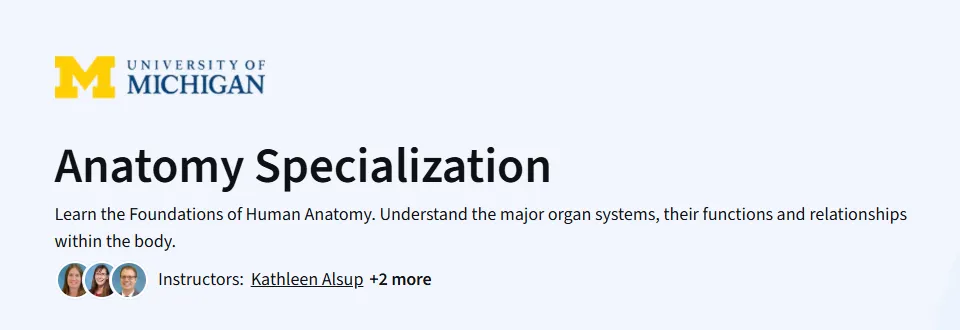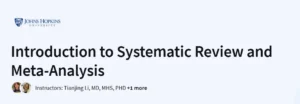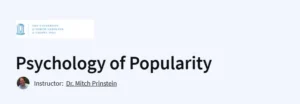What will you learn in Anatomy Specialization Course
Explore human anatomy using a systems-based approach and highly visual materials
- Gain anatomical knowledge essential for healthcare, fitness, and interdisciplinary applications.
Understand the structure and function of multiple body systems including integumentary, musculoskeletal, cardiovascular, respiratory, urinary, neuroanatomy, gastrointestinal, reproductive, and endocrine.
Program Overview
Module 1: Anatomy: Musculoskeletal and Integumentary Systems
⏳ Duration: 4 weeks
• Topics: Skin and body coverings (integumentary), bone structures, joint types, skeletal muscle relationships
• Hands-on: Watch anatomical video illustrations, complete labeling tasks and limb segmentation quizzes.
Module 2: Anatomy: Cardiovascular, Respiratory and Urinary Systems
⏳ Duration: 4 weeks
• Topics: Heart anatomy, blood vessels and blood cells, lung structure, kidney and urinary system function
• Hands-on: Labeling interactive quizzes, structured visuals and cadaveric video guides.
Module 3: Anatomy: Human Neuroanatomy
⏳ Duration: 7 weeks
• Topics: Central and peripheral nervous system, cranial nerves, sensory and motor pathways, autonomic control
• Hands-on: Neuroanatomy diagram quizzes, video walkthroughs of brain and spinal cord structures.
Module 4: Anatomy: Gastrointestinal, Reproductive and Endocrine Systems
⏳ Duration: 3 weeks
• Topics: Digestive tract and accessory organs, reproductive anatomy, hormonal glands and endocrine function
• Hands-on: Clinical correlation visuals, anatomical labeling, case-based scenario exercises.
Get certificate
Job Outlook
Deep anatomical understanding is foundational for careers in medicine, physical therapy, biomedical illustration, healthcare education, and physiology research.
Highly valuable for learners seeking competitive advantage in health-related professions and academic settings.
Specification: Anatomy Specialization
|
FAQs
- Designed for beginners with no prior healthcare experience required.
- Covers all major human body systems using a visually immersive approach.
- Includes interactive labeling, quizzes, and video illustrations.
- Ideal for aspiring healthcare professionals or anatomy enthusiasts.
- Prepares learners for careers in medicine, physiotherapy, or health education.
- Modules cover musculoskeletal, integumentary, cardiovascular, respiratory, urinary, neuroanatomy, gastrointestinal, reproductive, and endocrine systems.
- Includes clinical correlation visuals and real-life anatomical examples.
- Provides labeling exercises and quizzes for reinforcement.
- Focuses on both structure and function of each system.
- Ensures a holistic understanding suitable for professional and academic use.
- Builds foundational knowledge for medicine, nursing, physiotherapy, and biomedical fields.
- Strengthens understanding for research, education, and clinical applications.
- Prepares learners for anatomy exams or professional certifications.
- Valuable for creating portfolios in healthcare or educational contexts.
- Enhances employability by combining theoretical and visual learning.
- Four modules: 3–7 weeks each, totaling approximately 18 weeks.
- Self-paced format allows flexible scheduling.
- Includes interactive labeling, quizzes, and video walkthroughs for each system.
- Hands-on activities reinforce learning and memory retention.
- Suitable for learners aiming for structured and comprehensive anatomy training.
- Learn to identify bones, muscles, organs, and glands accurately.
- Apply knowledge to neuroanatomy, cardiovascular, and gastrointestinal systems.
- Practice labeling and quizzes simulate real-life anatomical recognition.
- Skills transferable to clinical, research, and educational settings.
- Enhances readiness for further health science studies or professional practice.





